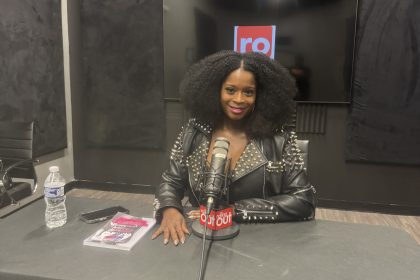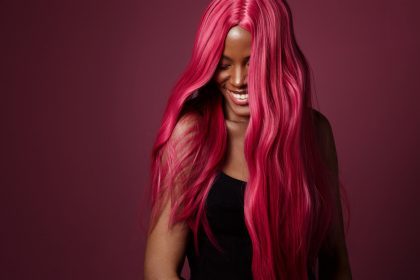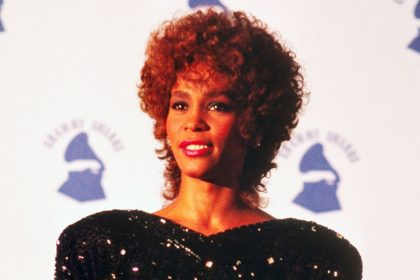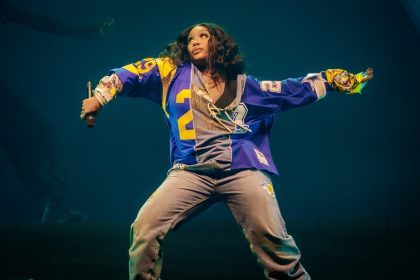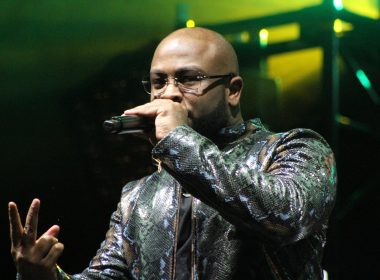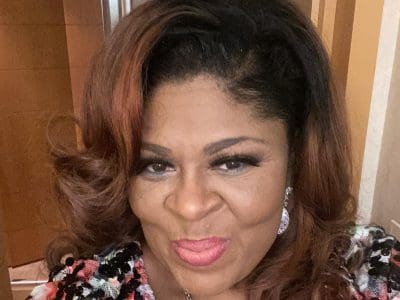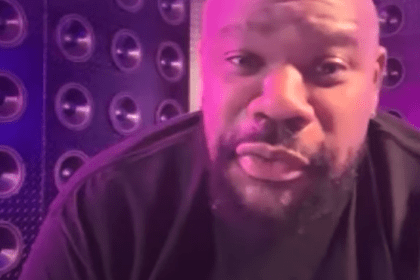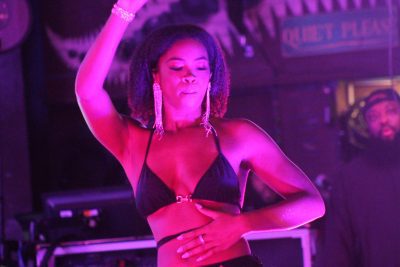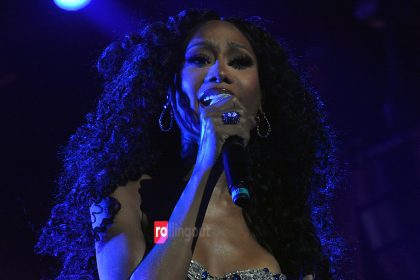Music lists are so trivial.
You get a crew of “experts” together to “rank” something that ostensibly can’t be truly ranked. There’s no easy measuring stick for artistic merit or hierarchical canonizing in music—you don’t have the luxury of a stat sheet like you do in sports and awards are given based on taste as opposed to rule-based, winnable competition. So when I saw that Billboard had decided to rank the 35 greatest R&B artists of all time, I expected to see a lineup of the usual names arranged in some arbitrary order, quibble about this or that, tweet some smart-alecky commentary and forget about it by the time my head hit the pillow to prep for another busy weekend for yours truly.
But when I read the list that was compiled by the Billboard staff, I was kind of stunned at how oddly bad it was. Not even bad in that impossible-to-please music nerd sense. Not even bad in that “They were obviously going for a younger demographic with this” sense. It was just bad. Aside from the always-questionable rankings, there were no bands or groups or duos included, no-brainers like Otis Redding and Sade didn’t make the cut and they didn’t seem to make much of a distinction between R&B and pop music. What makes Whitney Houston R&B but not Mariah Carey?
“Naysayers will no doubt quickly note the absence of Rihanna, whose impressive success is more heavily rooted in pop than R&B.”
What does that even mean when Michael Jackson, Janet Jackson, Lionel Richie and Whitney Houston are all on the list — artists who were all as much pop artists as R&B artists? And what is the difference between dance pop and a lot of post-MJ R&B? This distinction seemed to always be more of a distinction based on aesthetics than music.
“And those singers whose iconic status stemmed primarily from fronting groups rather than as a solo artist were not included.”
Well — why not? Many fans and commentators have noted that groups seem to have faded from contemporary popular music. For generations, groups and bands had been as much an indelible part of defining pop music as solo artists; but it seems as though we’ve lost our ability to see “Greatest Artist” as anything but a standalone superstar. But how odd would a “Greatest Rock Artists” list look without the Beatles or the Who? How could you rank the “Greatest Hip-Hop Artists” of all time without N.W.A. or Wu-Tang Clan? It’s ridiculous to exclude seminal acts like The Supremes and Boyz II Men just to zero in on solo artists. It’s dumbed-down in the most arbitrary way.
No one should assume that a brand as sales-driven as Billboard is a reputable authority when it comes to celebrating or even archiving classic music–they declared Adele’s 21 the greatest album of all time, after all–but it should be noted that lists like these reveal the gaps that exist in music commentary circa 2015. Those gaps are the result of generational differences, but also racial differences–and most of the time a conflation of the two. Granted, I don’t know for sure that most of the writers who contributed to this list were White–but I don’t really have to know that; because I do know that media has done a pretty good job of keeping young White people ignorant about Black music.
Incidentally, I’ve long complained that we don’t do a great job of canonizing R&B. Mainstream media has been less invested in R&B over the years — at least, by comparison to rock and hip-hop. R&B has often been framed as a genre that’s adjacent to those genres. There are a lot of young white males who consume rock and hip-hop, and oftentimes, young White male tastes dominate the popular narrative. So a generation of music critics is attempting to canonize a genre of which they have limited historical expertise.
In the early 1970s, FM radio emerged as a format for classic rock fans to hear album cuts from artists like Led Zeppelin and Deep Purple. The format more or less shunned Black artists — even a lot of funk bands who were recording music that wasn’t all that stylistically removed from what White psychedelic rockers were doing. As FM expanded and the “classic rock” format exploded in popularity, a generation of White rock fans became less engaged with R&B as compared to White youth of the 1960s; who’d grown up with Motown and British Invasion artists sharing airtime on many AM radio stations. By the dawn of MTV, rock and R&B — two genres that were, musically-speaking, fraternal twins in the 1950s— were viewed as totally separate entities and their audiences rarely overlapped.
Even ’70s rock fans had to have some working knowledge of early rock ‘n’ roll and blues legends because so many of their guitar heroes worshiped names like John Lee Hooker and Albert King. But 80s rock and pop fans were less inclined to listen to the R&B of the same era and most of their generation’s MTV-era rock icons viewed themselves as the direct musical descendants of White classic rockers. This was the ripple effect caused by the FM divide of the early 70s. Of course in the 1980s, Black pop stars were omnipresent and hip-hop became a cultural force; these two factors re-shaped the racial dynamic of the music consuming audience going forward. But it did nothing to repair that initial rift, so that separation has shaped the way we retrospectively canonize music. A White millennial music fan has grown up with contemporary hip-hop, dance pop and R&B; but their parents probably didn’t listen to much Rick James or New Edition back in the 1980s and their grandparents’ love of Motown or Stax feels far removed from what they view as “modern” music. So that White millennial may be fully aware of the significance of Mary J. Blige, they have significantly less knowledge of her forbears like Gladys Knight or Mavis Staples. And it shows whenever I see lists like this latest one from Billboard.
Magazines like Rolling Stone have written extensively about legendary R&B artists like Smokey Robinson and Stevie Wonder, but when was the last time one of those greats landed on the cover? VH1 used to feature documentaries about legends like Sam Cooke and Earth, Wind and Fire, but now is more focused on reality shows for ratings these days and the occasional airings of new “Behind the Music” episodes tend to be slanted toward contemporary artists — mostly hip-hop and pop. Shows like “Unsung” are there to promote less-heralded Black artists, but that series oftentimes has to include not-at-all-unsung acts like Isaac Hayes and Sly Stone because there’s just nowhere else to see them celebrated today. Unfortunately, an hourlong basic cable show can’t really convey the fullness of those kinds of careers — though it should be commended for trying. Many R&B fans worry about the genre becoming more and more niche as pop and hip-hop continue to dominate airwaves, and they should worry. It’s rare to see high-profile R&B singers these days — especially if they aren’t blue-eyed Brits with big voices or dance pop/R&B hybrid artists — but it’s also troubling to think that the great R&B of yesteryear is passing from memory with a whimper. Generational shifts happen, but Black music has a tendency to get lost if no one is shouting about it. We have to make sure we celebrate the greatness of these artists in a way that resonates with contemporary fans. And we obviously can’t entrust outlets like Billboard with that responsibility.


